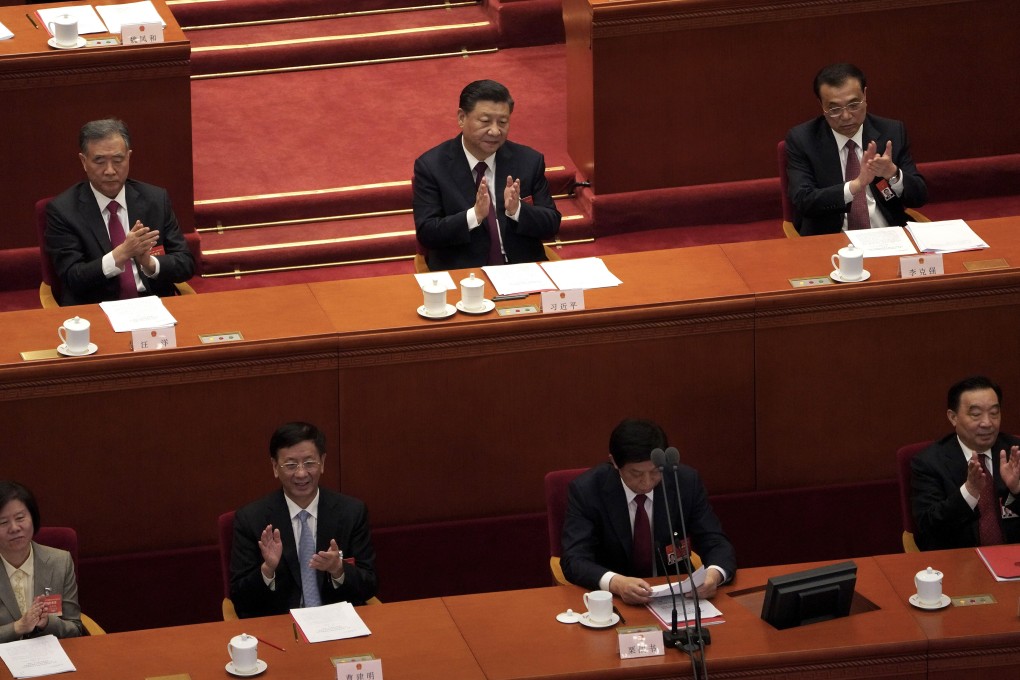China’s goal of productivity growth faster than the overall economy hinges on rural education, innovation
- China is in need of new sources of growth after the old growth model propelled by investment began running out of steam
- Beijing laid out its plans in the draft of its 14th five-year plan for 2021-25 released last week at the ‘two sessions’ in Beijing

After breaking with tradition and opting to not set targets for economic and labour productivity growth for the next five years, the success of China’s vague goal of aiming for productivity growth higher than that of the overall economy hinges on a major improvement in rural education and innovation, analysts said.
The growth of labour productivity, measured by gross domestic product (GDP) per worker, has remained high and in line with GDP growth over the past five years, owing largely to high investment. Last year, it grew by 2.5 per cent, higher than the overall economic growth rate of 2.3 per cent, according to the National Bureau of Statistics.
Yet, China’s productivity challenge remains as a broader measure of how efficiently an economy uses capital and labour, also known as total factor productivity (TFP).
The labour force will keep shrinking, at a faster rate, and deleveraging means slower investment and capital accumulation
“The labour force will keep shrinking, at a faster rate, and deleveraging means slower investment and capital accumulation. This has caused TFP growth to fall a lot in recent years – we estimate [its growth rate] was less than 2 per cent in the five years through 2020 compared to over 5 per cent a decade ago,” said Shaun Roache, chief economist for Asia-Pacific at S&P Global Ratings.
